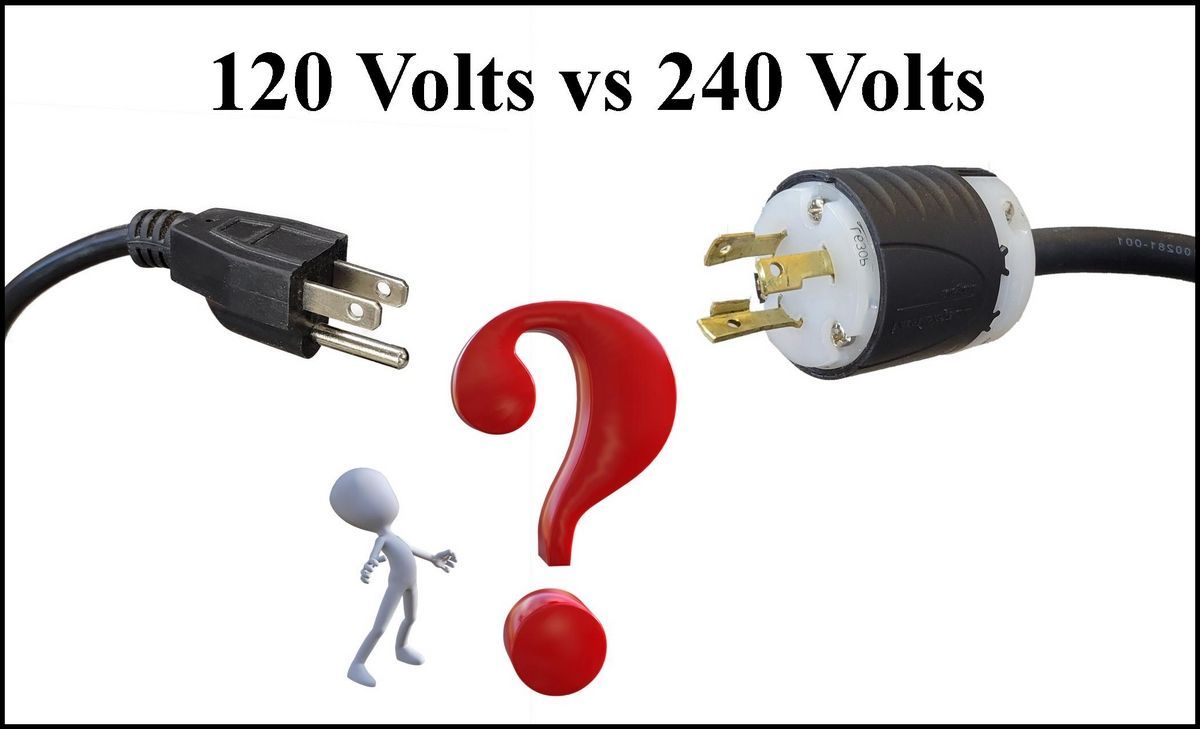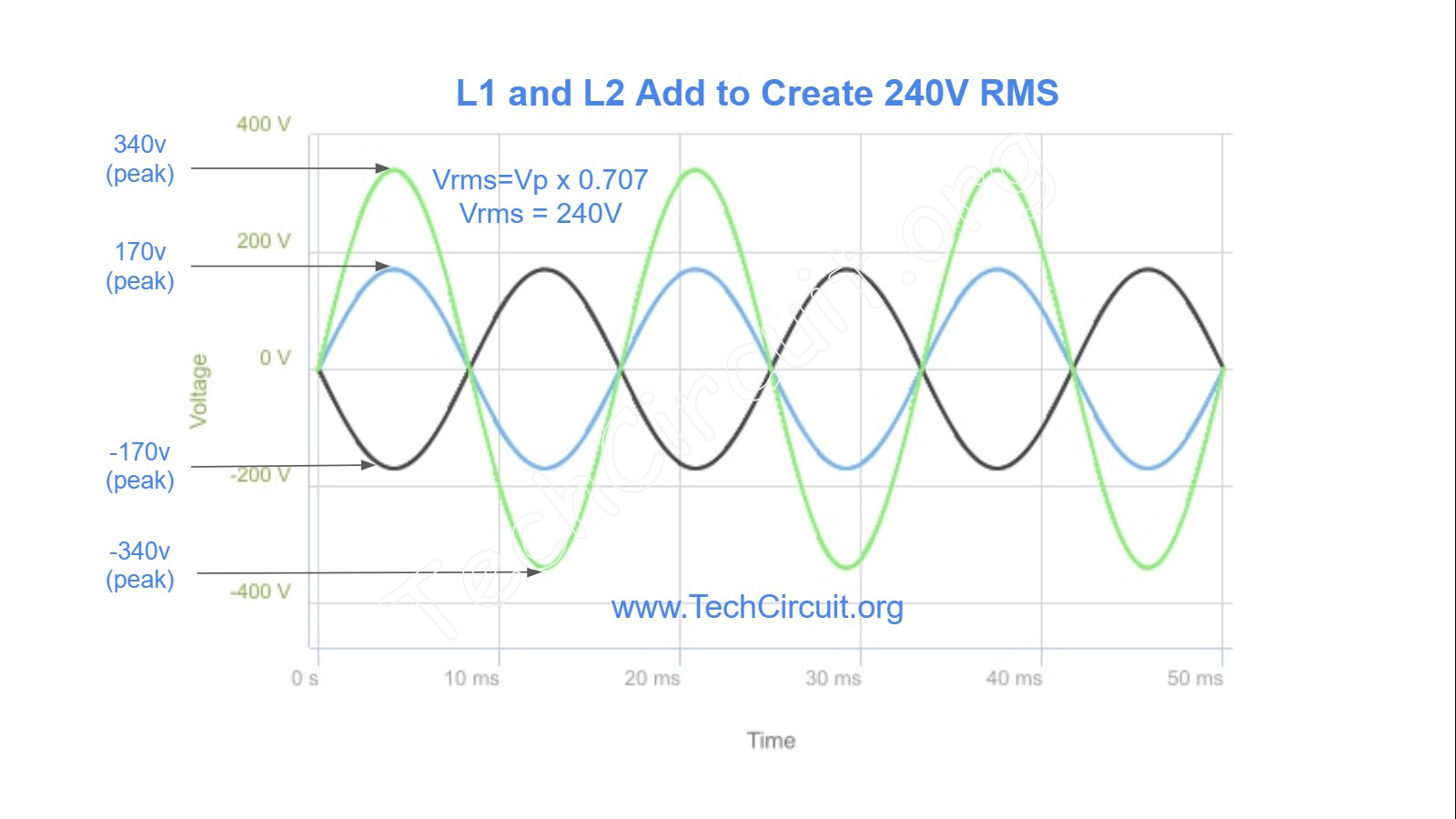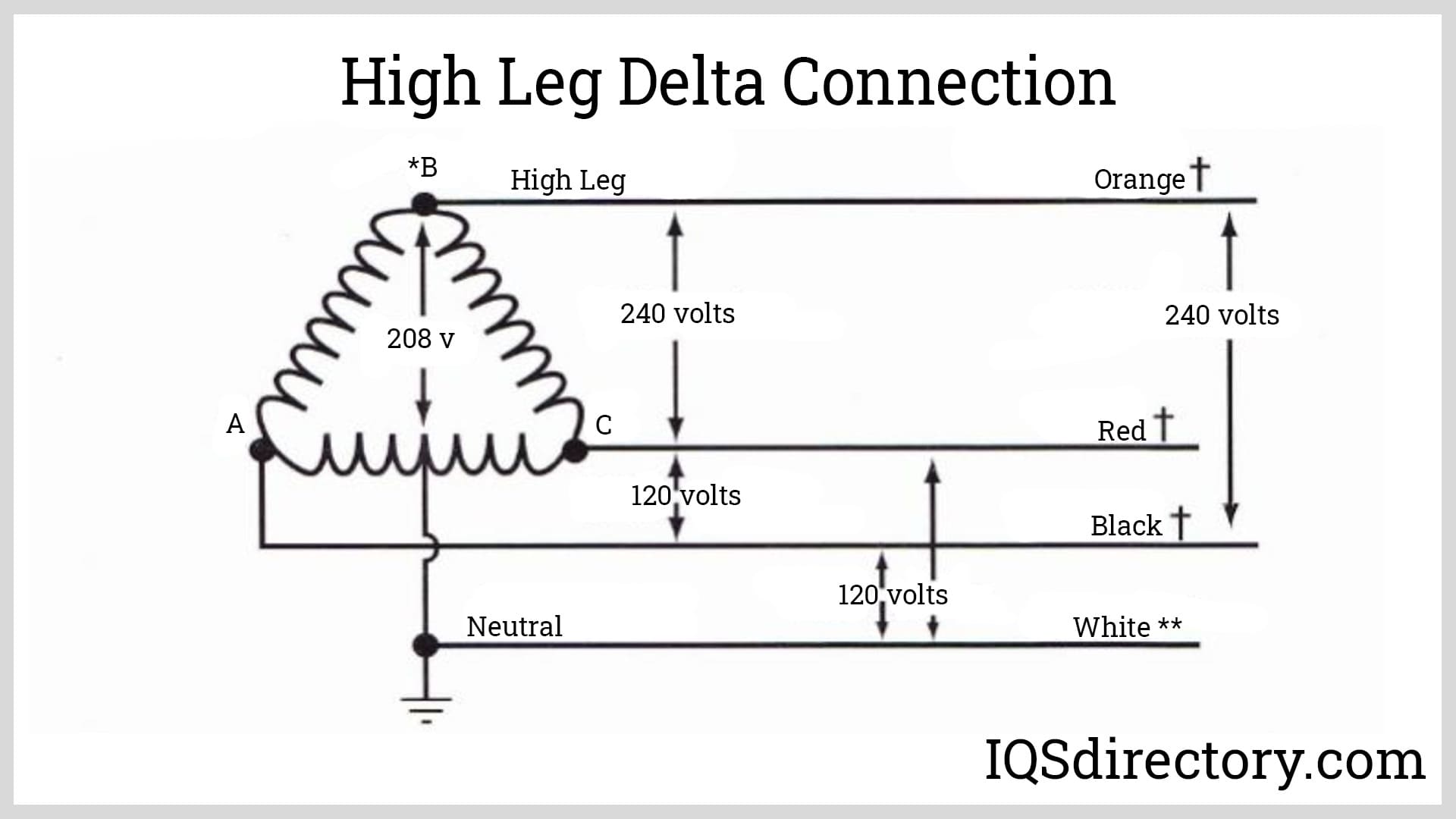Fun Tips About Is Voltage Always 120

Is Voltage Always 120? A Shockingly Simple Answer
1. Understanding the Basics
Let's tackle this question head-on: is voltage always 120? The short answer is no. While 120 volts is a common standard in North America (the US, Canada, and parts of Mexico), its not the universal norm worldwide. Think of it like driving on the right side of the road; it feels perfectly normal if you're from the US, but incredibly strange if you're used to the left, as they do in the UK or Australia. Electrical standards differ from country to country, much like driving habits or even just enjoying a good cup of tea!
So, what's the deal with 120V? It's primarily used for powering smaller appliances and lighting in homes and offices. Think of your lamps, TVs, toasters, and phone chargers. These devices are typically designed to run efficiently at this voltage. However, many larger appliances, such as electric stoves, clothes dryers, and air conditioners, require a higher voltage, typically 240V in North America. This allows them to operate more effectively and deliver the power they need.
Different countries have adopted different standards for various reasons, often rooted in historical decisions and infrastructure development. Some countries, particularly in Europe, use 220-240V as their standard household voltage. This means that their electrical outlets deliver a higher voltage than what you would find in a typical North American home. This doesn't necessarily mean one system is "better" than the other, but it does mean that you need to be aware of voltage differences when traveling or using appliances from other countries.
Think of it like this: your phone charger likely supports a range of voltages (100-240V) precisely because it's designed to work in various countries. However, your favorite hair dryer might only be designed for 120V, which means you'd need a voltage converter to use it safely in Europe. Voltage converters are basically adapters that change the voltage from one level to another, allowing you to use appliances designed for a specific voltage in a location with a different voltage standard.

Voltage Variations and Regional Differences
2. Global Voltages
Now, let's hop on a plane and take a quick tour of global voltage standards! As we mentioned, most of Europe operates on 220-240V. This includes countries like the UK, Germany, France, Italy, and Spain. Australia and New Zealand also use 230V as their standard household voltage. Imagine plugging your Australian kettle into a US outlet — it wouldn't work, or worse, it could damage the kettle!
Asia is a bit of a mixed bag. Some countries, like Japan, use 100V, while others, like China, use 220V. This makes traveling in Asia a bit more complicated, as you'll need to be extra careful to check the voltage compatibility of your devices. South America also has a variety of voltage standards, with some countries using 110-127V (similar to North America) and others using 220-240V. Brazil, for example, uses both 127V and 220V in different regions!
Africa also presents a diverse range of voltage standards, with many countries using 220-240V. South Africa, for instance, uses 230V. Understanding these regional differences is essential for anyone who travels internationally or plans to use electrical equipment from another country. Failing to do so could result in damaged appliances, electrical fires, or even personal injury. Always check the voltage requirements of your devices and use appropriate voltage converters or adapters when necessary.
Think about it: the humble light bulb serves the same basic function everywhere — providing light. But the electrical infrastructure that powers that light bulb can vary drastically depending on where you are in the world. It's a reminder that even seemingly simple things like voltage standards can have significant implications for our daily lives, particularly when we cross borders and encounter different electrical systems.

The Role of Frequency
3. Hertz So Good
Voltage isn't the only factor to consider when dealing with electrical systems. Frequency, measured in Hertz (Hz), also plays a crucial role. In North America, the standard frequency is 60 Hz, while in Europe, it's typically 50 Hz. Frequency refers to the number of times the alternating current (AC) changes direction per second. These may be technical aspects, but are very important to note.
While some devices are not particularly sensitive to frequency differences, others can be significantly affected. For example, devices with motors, such as clocks and some older appliances, may not function correctly or may even be damaged if used with the wrong frequency. A clock designed for 60 Hz will run slower when used on a 50 Hz system. Digital devices, such as laptops and phone chargers, are generally more tolerant of frequency differences because they often use switching power supplies that can adapt to a wider range of frequencies.
When traveling internationally, it's not just about voltage; you also need to consider frequency. Some voltage converters also include frequency converters, which can adjust the frequency of the electricity. However, these are less common than voltage converters alone. If you're unsure whether a device is compatible with a different frequency, it's always best to check the manufacturer's specifications or consult with an electrician.
Imagine trying to play a vinyl record at the wrong speed. It might still sound like music, but it would be distorted and unpleasant. Similarly, using an electrical device with the wrong frequency can lead to suboptimal performance or even damage. While voltage gets most of the attention, frequency is an equally important aspect of electrical compatibility, especially when dealing with older or more sensitive appliances.

Residential Line Voltage For Appliance And HVAC Technicians The Tech
Why the Differences Exist
4. A Historical Perspective on Voltage Standards
Ever wondered why these voltage differences exist in the first place? Well, it's mostly due to historical decisions and the way electrical grids were initially developed in different parts of the world. When electricity was first being rolled out, there wasn't a global standard, and different countries adopted different voltages based on various factors, including cost, efficiency, and the types of appliances that were common at the time.
In the early days of electricity, higher voltages were thought to be more efficient for long-distance transmission. However, lower voltages were considered safer for household use. Over time, these initial decisions became ingrained in the infrastructure, making it difficult and expensive to switch to a different standard. Changing an entire country's electrical grid would be a massive undertaking, requiring significant investment and coordination.
Another factor contributing to the differences is the influence of different electrical pioneers and companies. In the US, Thomas Edison advocated for direct current (DC) at 110V, while in Europe, alternating current (AC) at higher voltages gained traction. Although AC eventually became the dominant standard, the early adoption of different voltages had a lasting impact on the electrical systems in different regions.
Think of it like choosing between different keyboard layouts. While some layouts might be more efficient or ergonomic, most people stick with the layout they learned first because it's what they're used to. Similarly, countries have largely stuck with their original voltage standards due to the immense cost and disruption that would be involved in switching to a different system. It's a historical legacy that continues to shape our electrical experiences today.

Amps Vs Volt? What's The Difference ElectricalMag
Staying Safe
5. Smart and Safe
So, what can you do to stay safe and avoid damaging your devices when traveling or using appliances from other countries? The first step is to always check the voltage and frequency requirements of your appliances. This information is usually printed on the device itself or on its power adapter. Look for a small label that indicates the voltage range (e.g., 100-240V) and frequency (e.g., 50/60 Hz).
If your appliance is not compatible with the voltage in the country you're visiting, you'll need a voltage converter. Voltage converters are available in various sizes and power ratings, so choose one that is appropriate for the wattage of your appliance. Be sure to use a high-quality converter from a reputable brand to avoid damaging your devices. Additionally, you may need a plug adapter to physically connect your appliance to the outlet.
When using a voltage converter, always follow the manufacturer's instructions carefully. Some converters have a switch that allows you to select the input voltage, so make sure to set it correctly before plugging in your appliance. Overloading a voltage converter can cause it to overheat and potentially start a fire, so always check the wattage rating and avoid plugging in multiple high-power devices at the same time.
Finally, consider purchasing appliances that are designed to work with a wide range of voltages and frequencies. Many modern electronics, such as laptops, smartphones, and tablets, have universal power supplies that can automatically adapt to different electrical systems. These devices are ideal for travelers because they eliminate the need for voltage converters and plug adapters. Staying informed and taking these simple precautions can help you stay safe and avoid costly damage to your valuable electronics, ensuring that your travel experiences are both enjoyable and electrically secure.

What Is It? How Does It Work? (2023)
FAQs About Voltage
6. Your Burning Voltage Questions Answered
Q: What happens if I plug a 120V appliance into a 220V outlet?A: Bad things! Seriously, you'll likely fry the appliance. It could overheat, spark, and potentially cause a fire. Always check the voltage requirements before plugging in any appliance.
Q: Can I use a hair dryer from the US in Europe with just a plug adapter?A: Probably not. A plug adapter only changes the shape of the plug to fit the outlet; it doesn't convert the voltage. You'll also need a voltage converter to avoid damaging your hair dryer.
Q: Are all dual-voltage appliances safe to use worldwide?A: Most likely, yes, but double-check! Dual-voltage appliances are designed to work with both 120V and 220-240V systems. However, it's always a good idea to confirm the voltage range and frequency compatibility before plugging them in.
Q: Where can I find the voltage requirements of my device?A: Look for a small label, usually located near the power cord or on the device itself. It will typically display the voltage range (e.g., 100-240V) and frequency (e.g., 50/60 Hz).